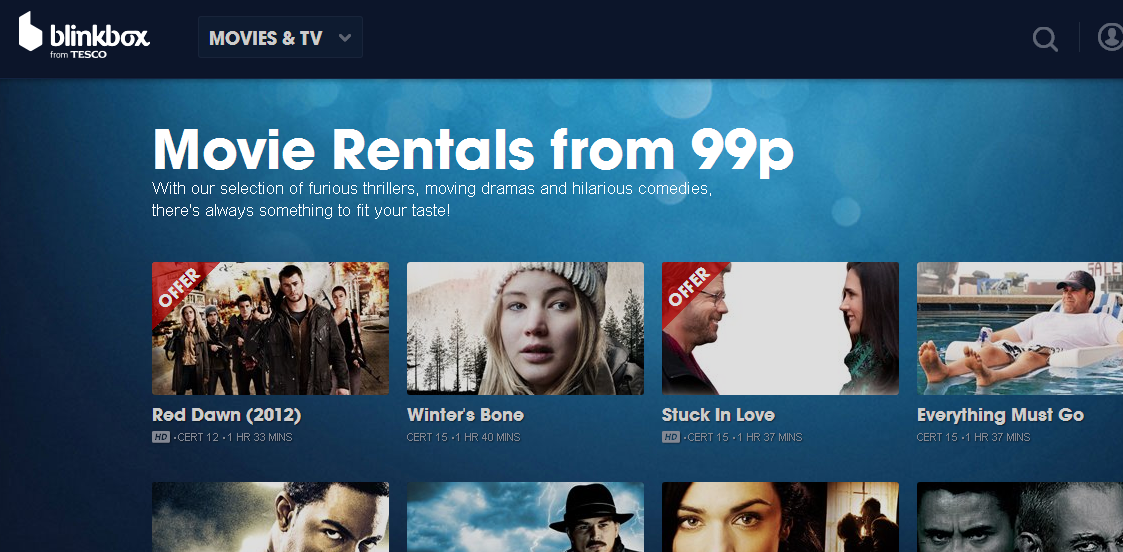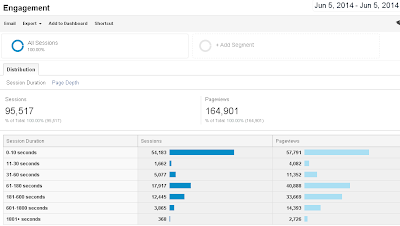I attended this very popular event today where we were given several case studies from various clients including The Student Room*, and Haymarket.
Optimizely looks a very capable testing tool with a leaning towards a self managed service or buying Optimizely Partner consultancy.
Key takeaways for me today were:
1. Optimizing for specific audiences. Split out and target sources of business and then focus on improving them individually, i.e spend 20% effort to gain an 80% return.
2. Use mobile wrappers to do proof of concept testing before spending big on a native app development.
3. The Optimizely native app testing tool is amazing and I want it! An engaging demo of changing the Flappy Bird App on the fly. This was the big one for me today. Effortless AB and MVT testing of an iOS native app. To me this tool is what sets Optimizely apart from the pack. A very trivial demo using a popular game to show the power to change a user experience within an app with just a few clicks? This wasn't creating a test before the app was compiled, this was after the app was live.
In summary a good day to meet others operating with the same issues as me in Conversion Rate Optimization. Lots of Hippos in organisations still making subjective decisions about web design. An expectation of a successful test everytime by the business.













